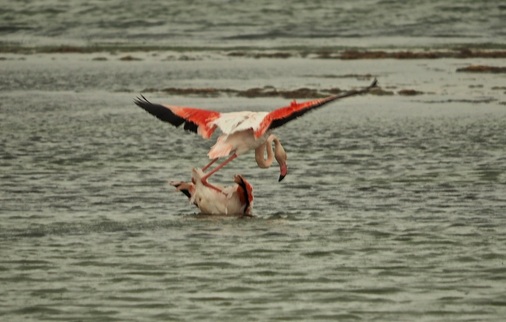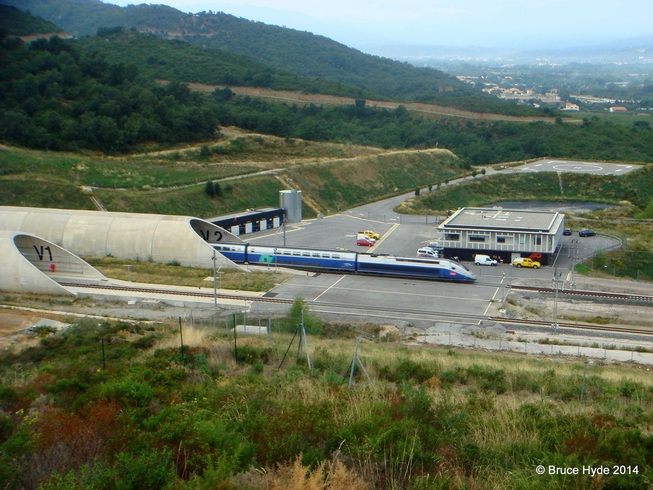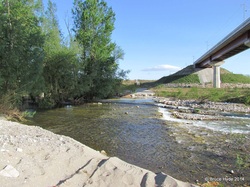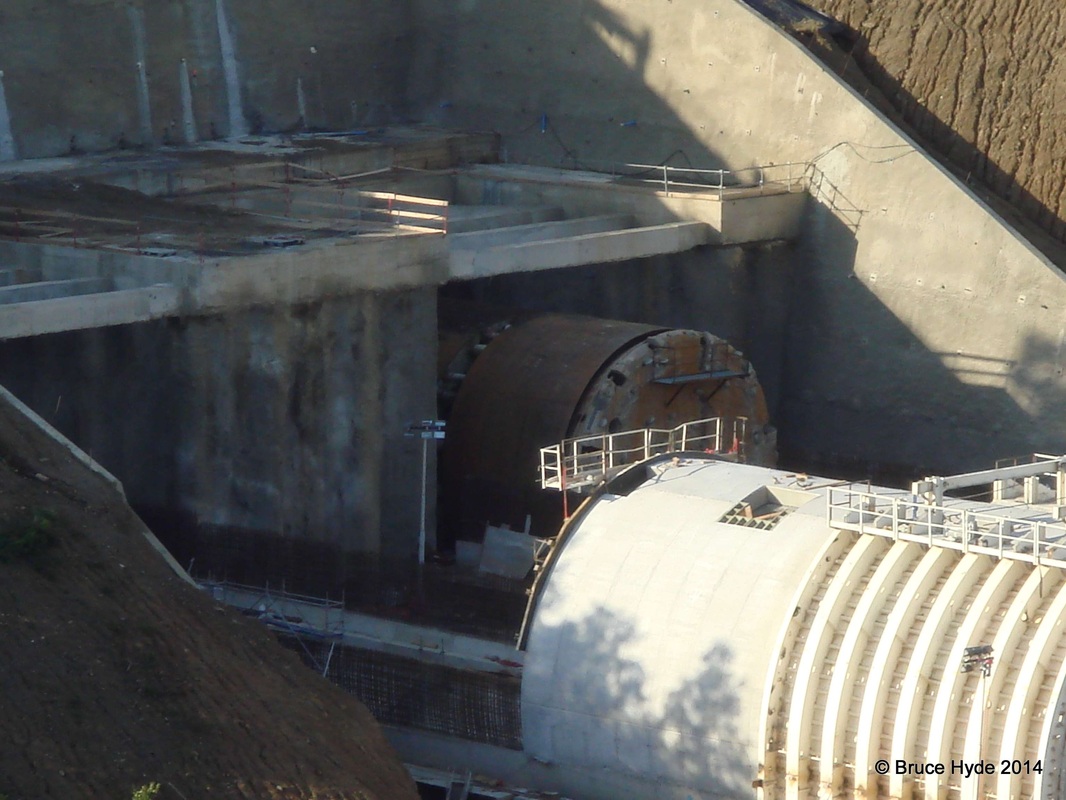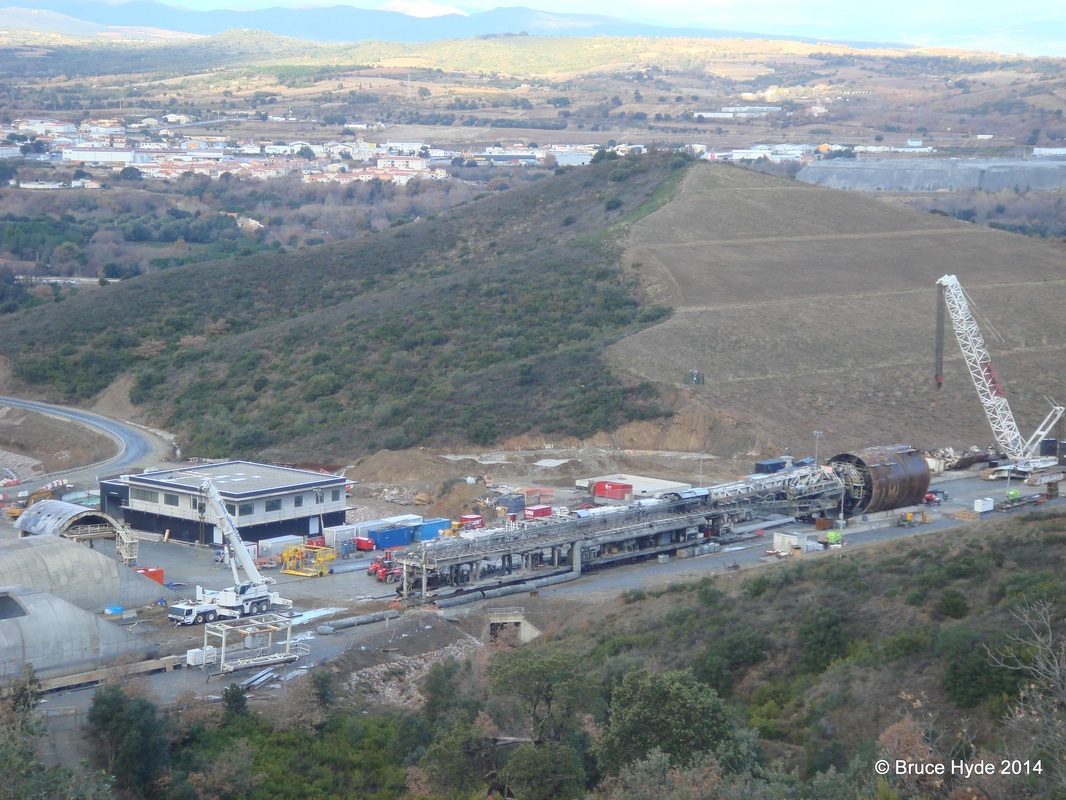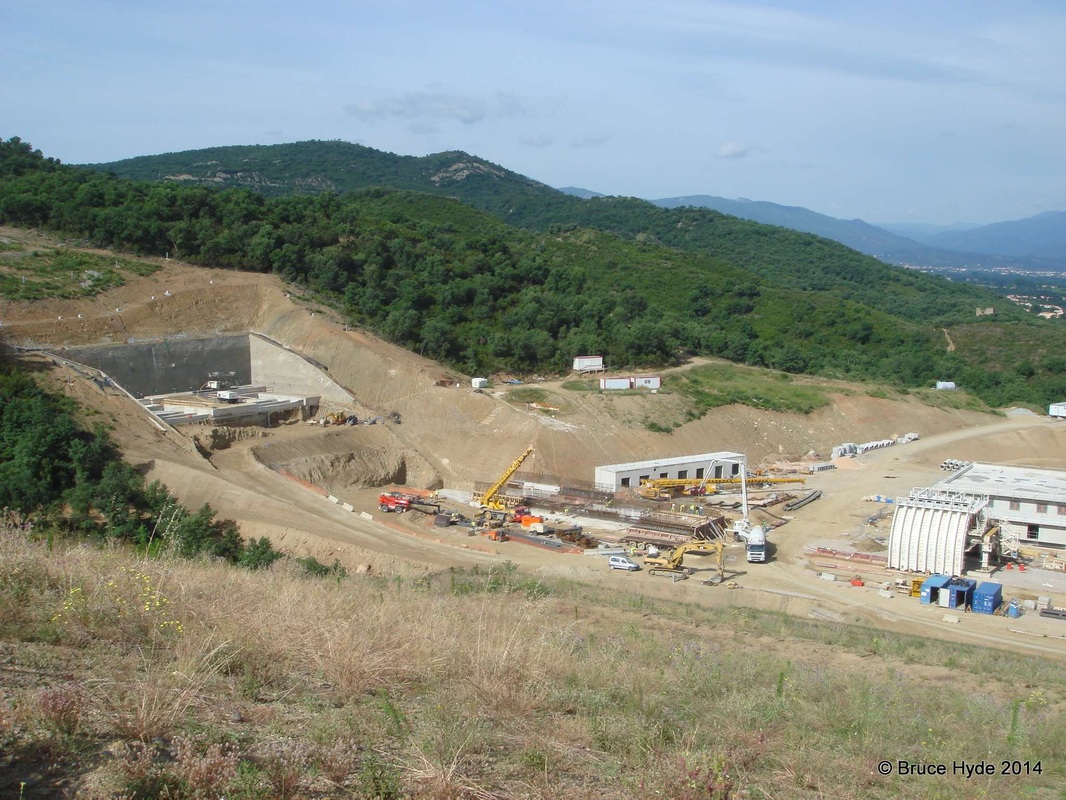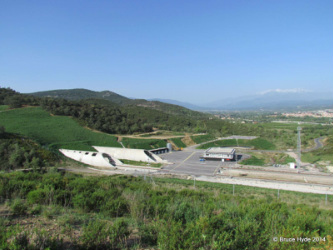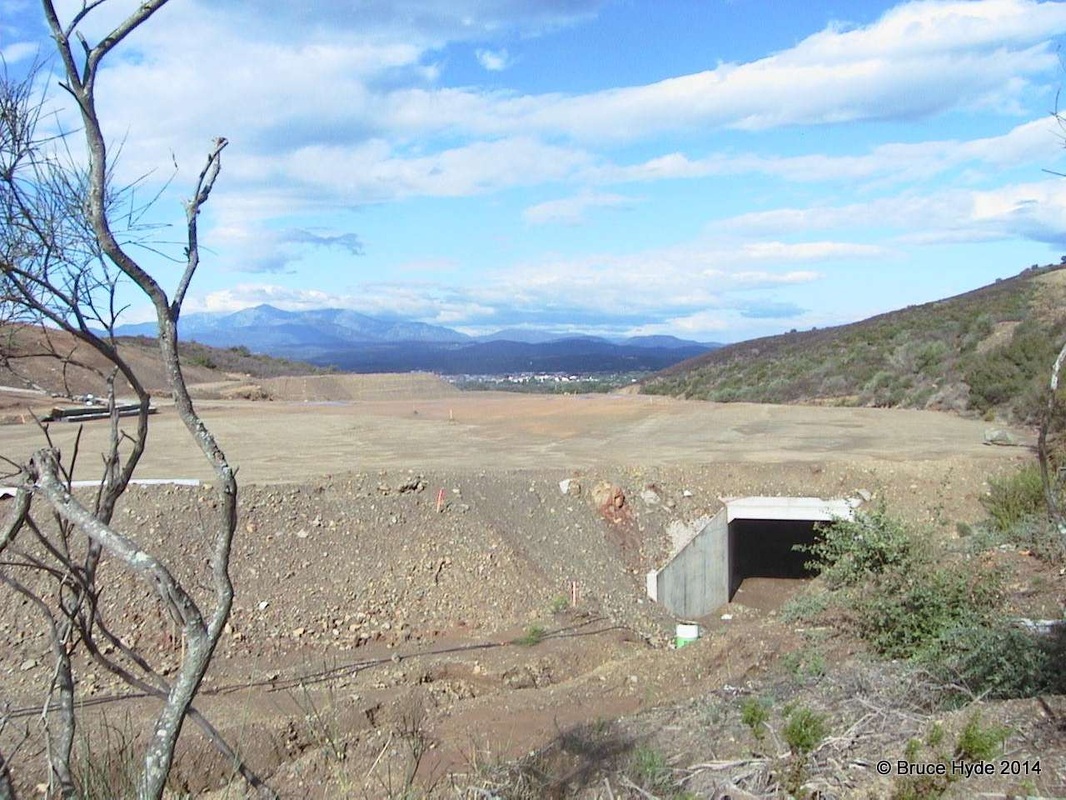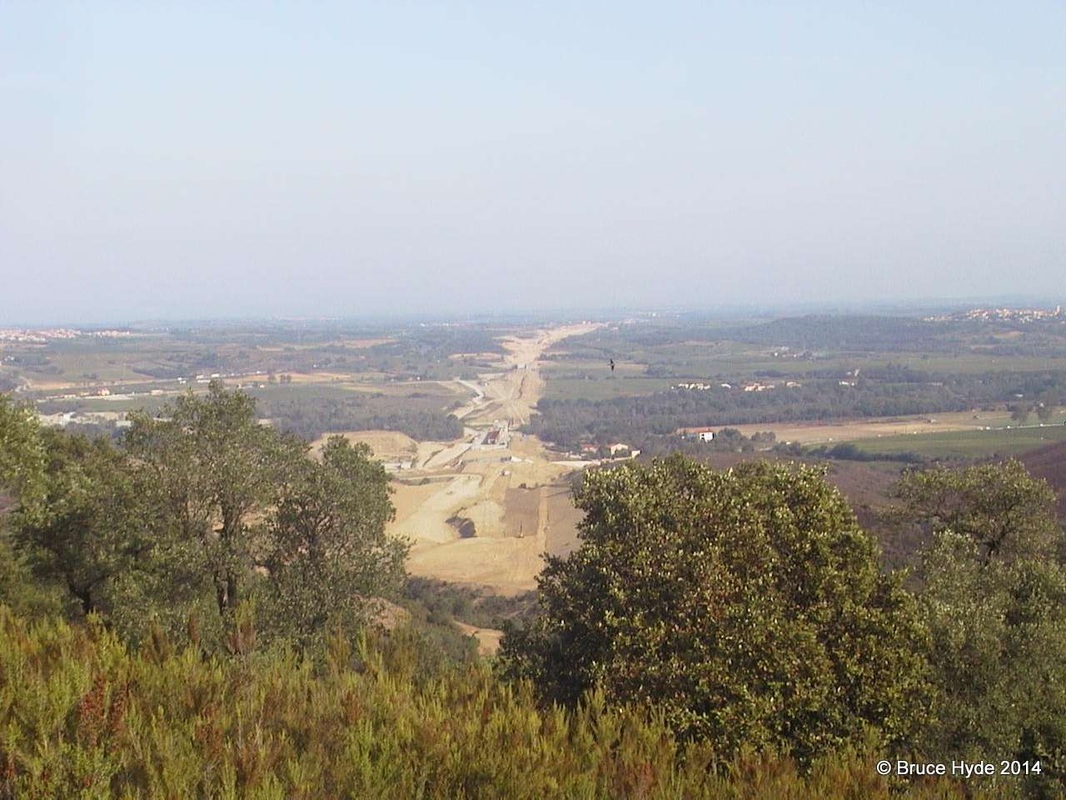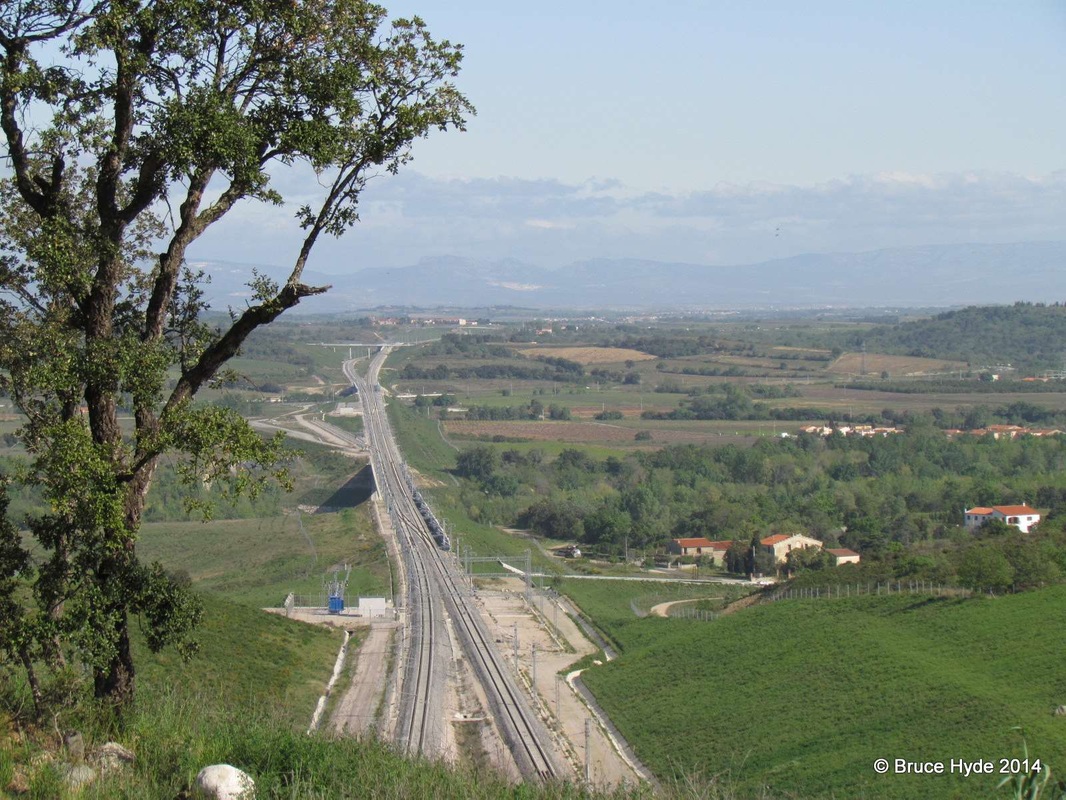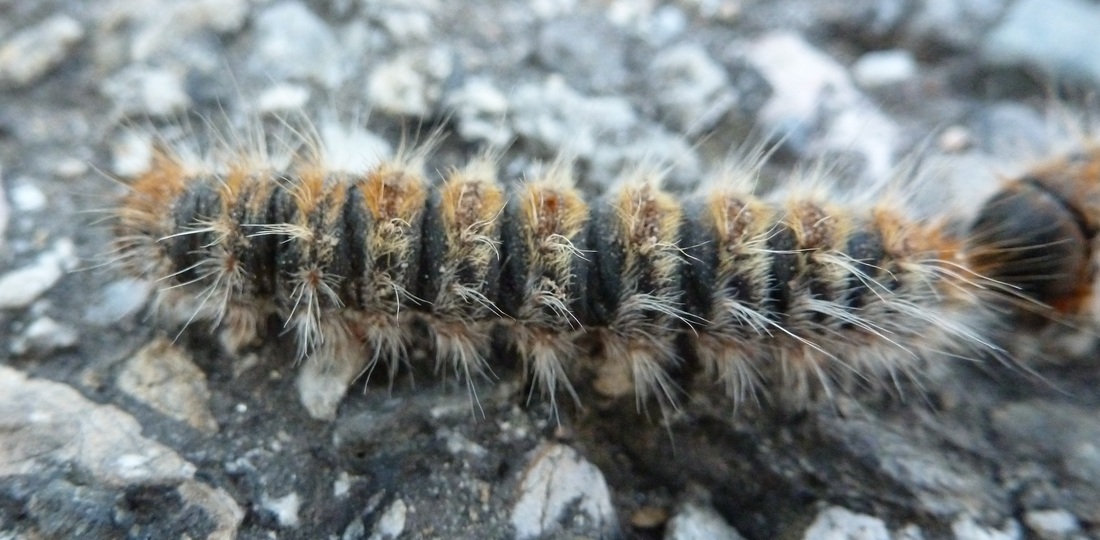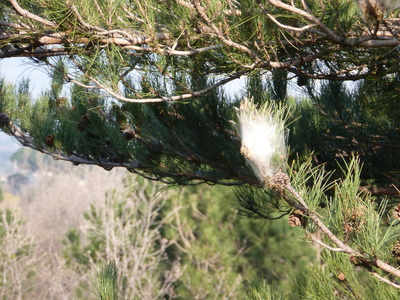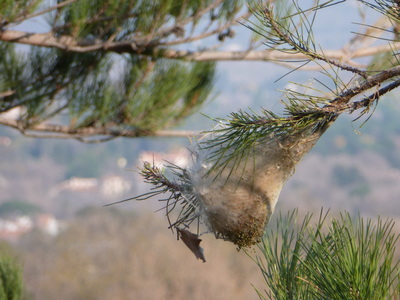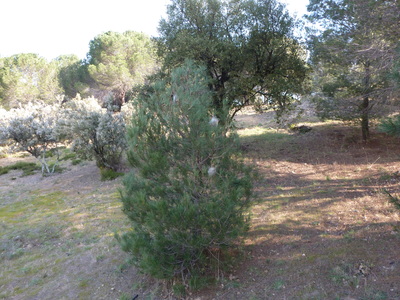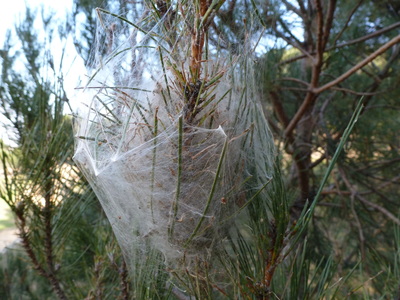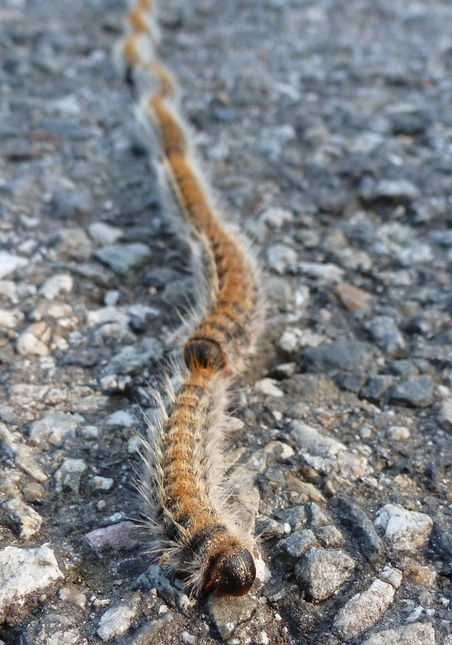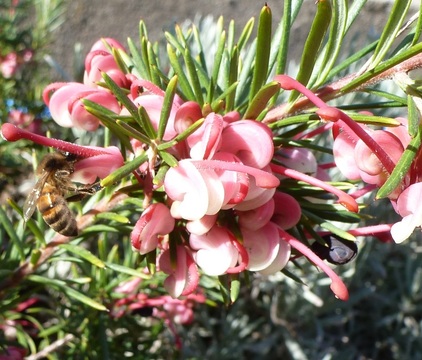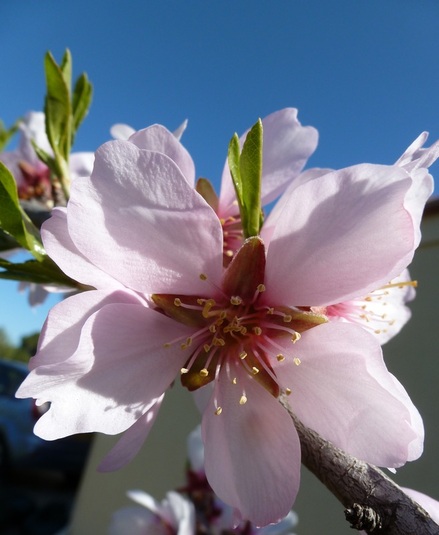Saturday 22nd was rather grey, but we decided to go to the coast - mainly in the hunt for a good chandlers - and included a visit to the Étang I described recently. When we arrived at the car-park it was drizzling and the place was deserted, but we thought we should nip out of the car and head down to the shore - just in case!
It proved an excellent decision, despite the relative cold and damp. Probably precisely because it was not so nice and the place was quiet, there were flamingos close inshore, and in the grey conditions, that wonderful rose pink really shone. There were quite a few close by, and we watched them for a while; they are wonderfully angular birds and every movement is worth watching.
While we were doing just that, I saw something in the distance, flying away from me, and decided to go in search of it. What I had seen was a dark raptor, but that was all. As it turned out, I missed the star movement of the whole flamingo show; but my partner not only saw it - she also photographed it. The "it" in question was the mating of the flamingos: I will leave the reader to imagine how awkward a manoeuvre this actually is! The mating rather took the photographer by surprise, and the pic of the actual moment was sadly out of focus, but you can see one of a few seconds after - the attitudes of the respective birds is interesting!
The great-crested grebes were much in evidence, while in the distance there were three black swans, which was rather surprising. As far as I know, black swans are native in Australia, and any you see elsewhere must have escaped from some collection of exotic wildfowl. Are there any such collections hereabouts? As so often, I have no idea !
